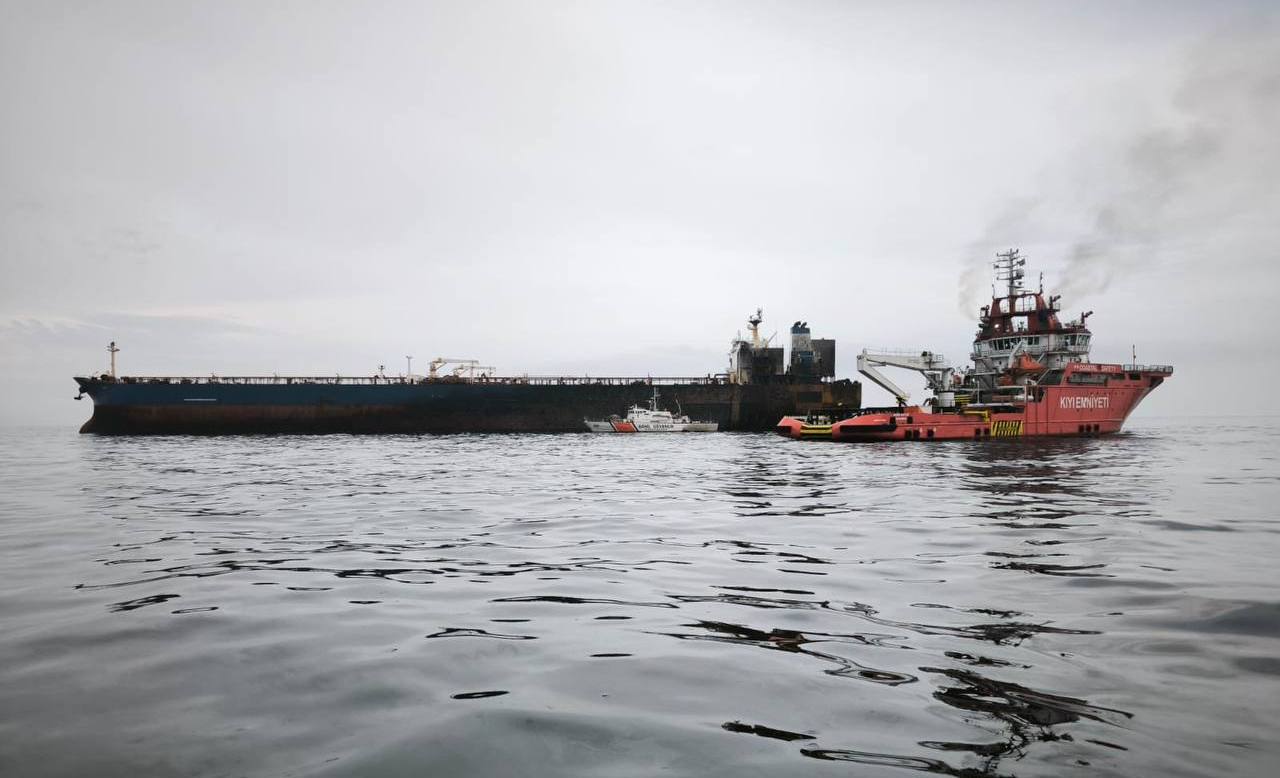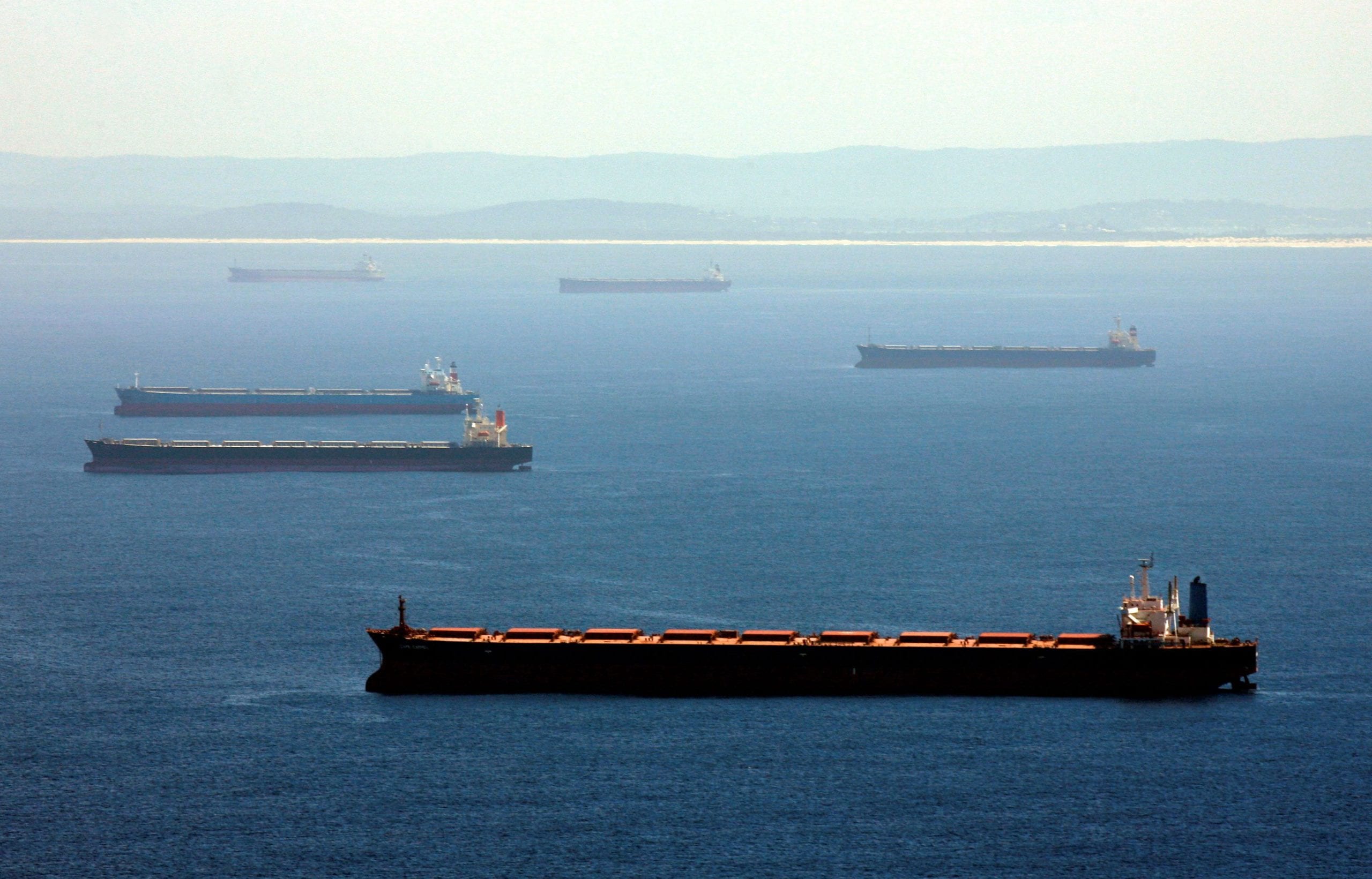(Bloomberg) — Oil fell for a second day in New York and headed for the biggest monthly decline since May after refiners reduced operations on the U.S. East Coast because of Hurricane Sandy.
Futures slid as much as 0.5 percent after dropping 0.9 percent yesterday. Phillips 66, Hess Corp., NuStar Energy LP and PBF Energy Inc. shut or lowered output prior to Sandy making landfall. The storm, the largest in the Atlantic on record, has since been downgraded to a post-tropical cyclone by the U.S. National Hurricane Center. Gasoline declined from the highest level in almost two weeks.
“In the short term, we could see this disruptive event having an impact,” said Michael McCarthy, a chief market strategist at CMC Markets in Sydney. “With refiners shutting we’re likely to see oil reserves building and that’s likely to dampen the price.”
West Texas Intermediate crude for December delivery fell as much as 44 cents to $85.10 a barrel in electronic trading on the New York Mercantile Exchange and was at $85.27 at 2:22 p.m. Singapore time. The contract closed at $85.54 yesterday, the lowest since July 10. Prices are down 7.5 percent so far in October and 14 percent this year.
Brent oil for December settlement on the London-based ICE Futures Europe exchange dropped as much as 69 cents, or 0.6 percent, to $108.75 a barrel. The European benchmark crude was at a premium of $23.75 to the WTI contract. The spread increased for a sixth day yesterday to $23.90, near the widest in more than a year.
Gasoline for November delivery in New York was down 2 cents at $2.7368 a gallon. Prices rose 2.1 percent to close at $2.7568 yesterday, the highest since Oct. 17.
Refinery Closures
Floor trading on the Nymex was suspended yesterday because of Sandy and will be halted again today, CME Group Inc., the owner of the exchange, said in an e-mailed statement. Electronic trading, where the bulk of futures volume occurs, is operating normally.
Six refineries curbed production because of Sandy, accounting for 1.22 million barrels of the area’s crude- processing capacity of 1.29 million barrels a day, according to data compiled by Bloomberg. The storm may cut East Coast gasoline supplies to the lowest since at least 1990, based on Energy Department data.
In New Jersey, Phillips closed its 238,000 barrel-a-day Bayway refinery. It also had a power failure at the Linden facility, according to a filing with the National Response Center. Hess Corp. completed the shutdown of its 70,000 barrel- a-day Port Reading plant in while NuStar Energy LP took its 74,000 barrel-a-day Paulsboro asphalt refinery offline.
Philadelphia Energy Solutions’ 355,000 barrel-a-day Philadelphia plant and PBF’s 182,200 barrel-a-day Delaware City, Delaware, and 185,000 barrel-a-day Paulsboro refineries were operating at reduced rates, the companies said.
Gasoline Storage
Sandy had maximum sustained winds of 75 miles (120 kilometers) per hour and was about 10 miles southwest of Philadelphia, moving northwest at 18 mph, according to a hurricane center advisory at 11 p.m. New York time yesterday.
New York, New Jersey, Baltimore, Long Island, Delaware Bay and Connecticut ports were closed to vessel traffic by the U.S. Coast Guard, halting tanker deliveries that help supply the region’s refineries with crude.
“We do have our facilities shut down so we’re not able to ship gasoline and petroleum products,” John Roller, vice- president of terminal operations at San Antonio-based NuStar, said in a Bloomberg Television interview. “I don’t think that we’ll see an actual gasoline shortage because we still have storage within the area that is available once the ports reopen.”
Data Delay
Colonial Pipeline Co., which operates the largest system connecting the U.S. Gulf Coast and the eastern seaboard, began shutting delivery lines along the East Coast as terminal customers in Virginia, Maryland, New Jersey and New York stopped operations. The company planned to close Line 3, an 825,000 barrel-a-day fuel line running to Linden from Greensboro, North Carolina, at 7 p.m. New York time yesterday, a bulletin to shippers showed.
The U.S. Energy Information Administration said it will postpone the release of its weekly report on oil stockpiles and production from tomorrow because of storm-related delays. The data may be published Nov. 1, the Energy Department’s statistical unit in Washington said in an e-mailed statement.
The American Petroleum Institute will “re-evaluate” the release of its weekly oil inventory report today, Carlton Carroll, a spokesman for the industry group, said in an e-mail. The report is normally published at 4:30 p.m. in Washington on Tuesdays.
Crude’s decline in New York may slow as a technical indicator shows futures are falling too quickly for further losses to be sustainable, according to data compiled by Bloomberg. The 14-day relative strength index is at 31.7. Crude rebounded from a nine-month low in June when the RSI slid below 30, signaling the market was oversold.
– Ramsey Al-Rikabi, Copyright 2012 Bloomberg.

 Join The Club
Join The Club












